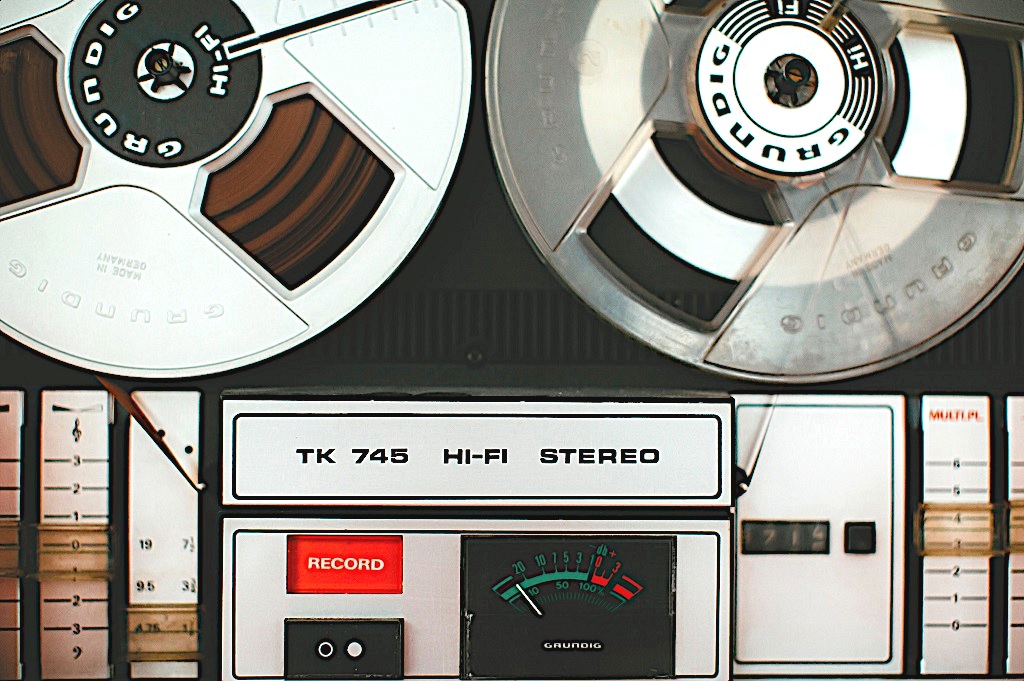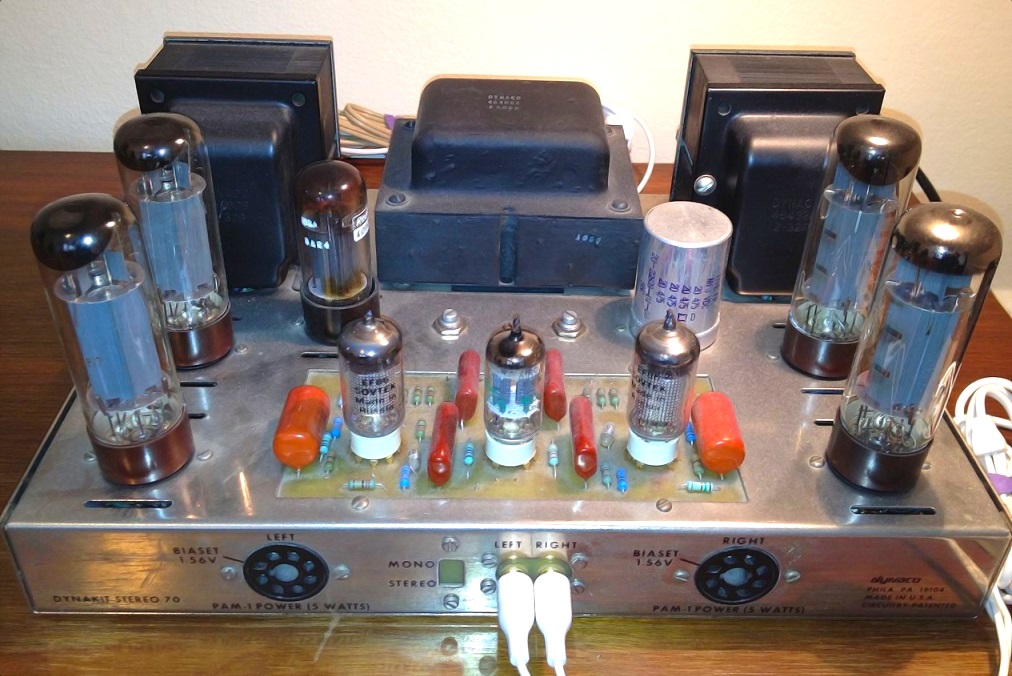
Photo by Markus Spiske / Unsplash
New formats
The magnetic tape and LPs that emerged after World War II changed musical culture. New recording technologies and materials have increased the storage capacity, and more music has begun to fit into them. The same twelve-inch vinyl could fit up to 23 minutes of audio, and a reel could take about 30 minutes . Up to this point, it was the norm for musicians to release just one song, but then whole albums began to come out, often united by some theme. The Beatles and their “ Rubber Soul
” are rightfully considered the pioneers of the “era of concept albums”."- it came out in 1965. Other ensembles soon followed - Aftermath by The Rolling Stones, Pet Sounds by The Beach Boys and Blonde on Blonde by Bob Dylan.
New sound
New formats have become a space for expressing musical ideas that are not always possible to translate live. A striking example can be "Nowhere Man" from the already mentioned album "Rubber Soul". This song was recorded with overdubbing vocals, so it sounded much simpler during a live concert than on the album.
The technical features of the formats also left an imprint on the music. The tape could be regularly recorded and re-recorded, and the musicians began to experiment with the new sound. For example, five tape samples became part of the song "Tomorrow Never Knows" from The Beatles' album "Revolver"played in different directions and at variable speed. Some musicians even cut a magnetic tape with audio recordings into pieces and assembled original compositions from them - the practice was called tape splicing ("gluing tape").
After multiple re-recordings, the tape began to degrade, which affected the sound. The musicians also used this feature in their works. Among them was the British composer and one of the founders of the ambient genre Brian Eno . He used the effect of the degraded tape during the recording of the album " Discreet Music ".
More sophisticated home audio equipment was needed to fully reveal the sound of the new acoustic techniques. And it began to appear in the 50s - 60s of the last century - the period is called the "golden age" of Hi-Fi.
Golden era of Hi-Fi
This is the period in which the sound bar was set and consumer expectations were shaped. It was in the 50s that shelf speakers appeared in the United States. One of the first to introduce such a device was the Acoustic Research brand, founded by the inventor and popularizer of closed-type speakers Edgar Villchur. Their speakers were released in 1954 under the name AR-1 . Compared to competitors, the device had a small size and good sound quality. However, the Acoustic Research product became popular only five years later, with the release of the AR-3 .
Each of the AR-3 speakers contained three speakers: a cone woofer, a dome tweeter, and a midrange driver. The AR-3 has quickly become a classic, raising the bar for home audio applications.
Acoustic Research « » , . , . 1966 — , , .
In parallel with the acoustics market, the audio amplifier market began to develop. The leader in this category has long been the Dynaco ST-70 tube amplifier, first introduced to the public in 1959. Over thirty years of the model's existence, more than half a million copies have been sold - and the manufacturer still supplies the modern version of the ST-70 .

Photo by Fred von Lohmann / CC BY / Photo: Dynaco ST-70
In the 1970s, the race for power began. Then the McIntosh MC3500 amplifiers entered the market . These devices are still popular and go under the hammer at auctions for decent money.
At the same time, record players developed. The first "spinner" with direct drive - without causing unnecessary vibrating belts - Technics SP-10 came out in 1970. It was this type of turntable that became popular among disco DJs, and led to the emergence of hip-hop and electronic music. But don't think that everything was fine in the golden age of Hi-Fi.
Back then, audio equipment was usually expensive, and many American installations were regularly out of order.... Because of these shortcomings, the US market (as well as the world one) began to be gradually taken over by Asian companies - Pioneer, Kenwood, Sansui. They made cheaper equipment and ran aggressive marketing campaigns. The result is obvious - to this day, when we talk about affordable Hi-Fi, the names of these manufacturers are the first to come to mind.
In any case, the audio equipment market was very booming during the golden age. Over a quarter of a century of competition and technological races, a culture of music lovers has been formed.
« Hi-Fi»:
 —
—

 :
:
 :
:
 « »:
« »:
 —
—